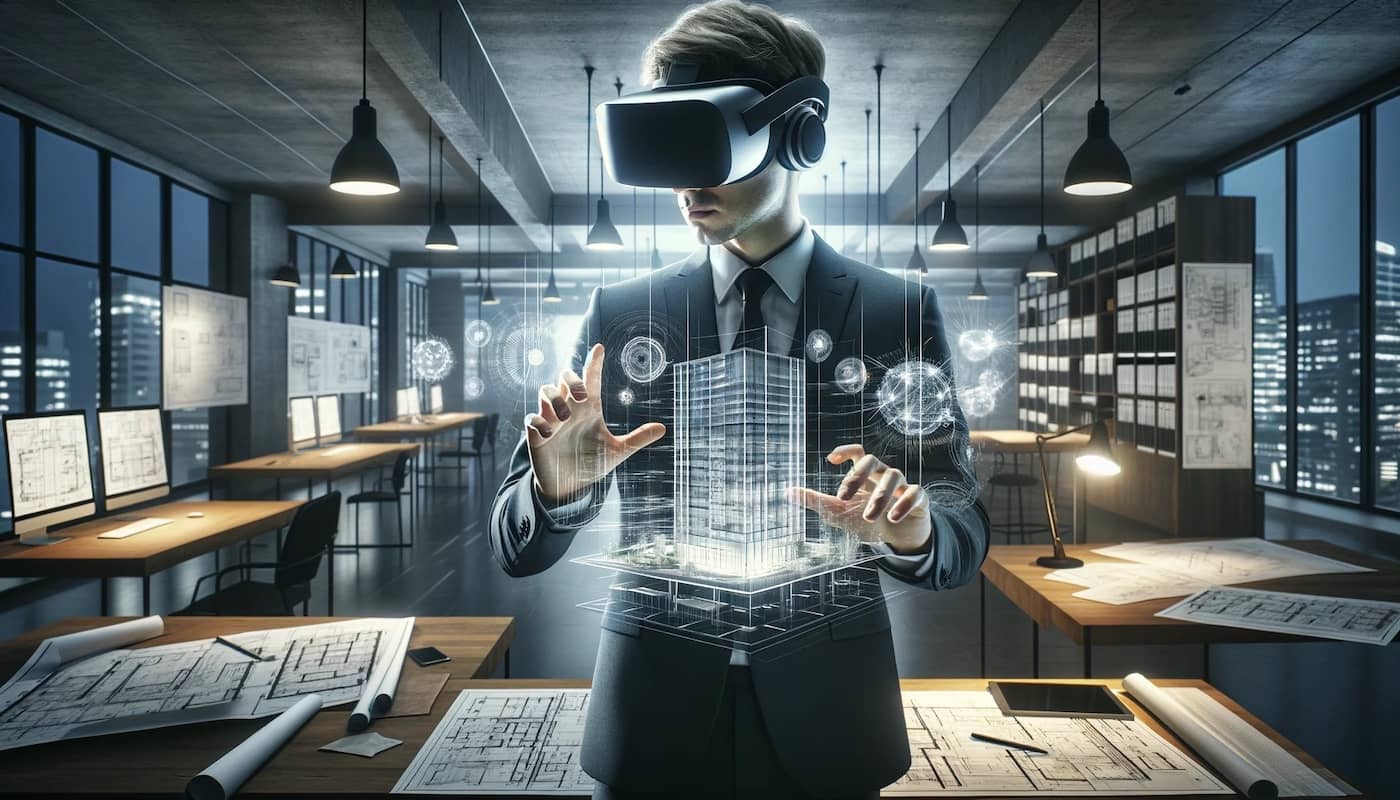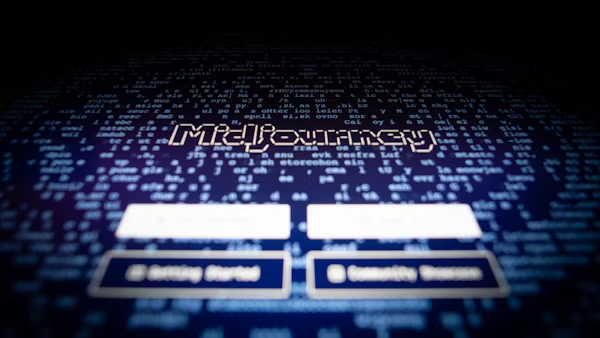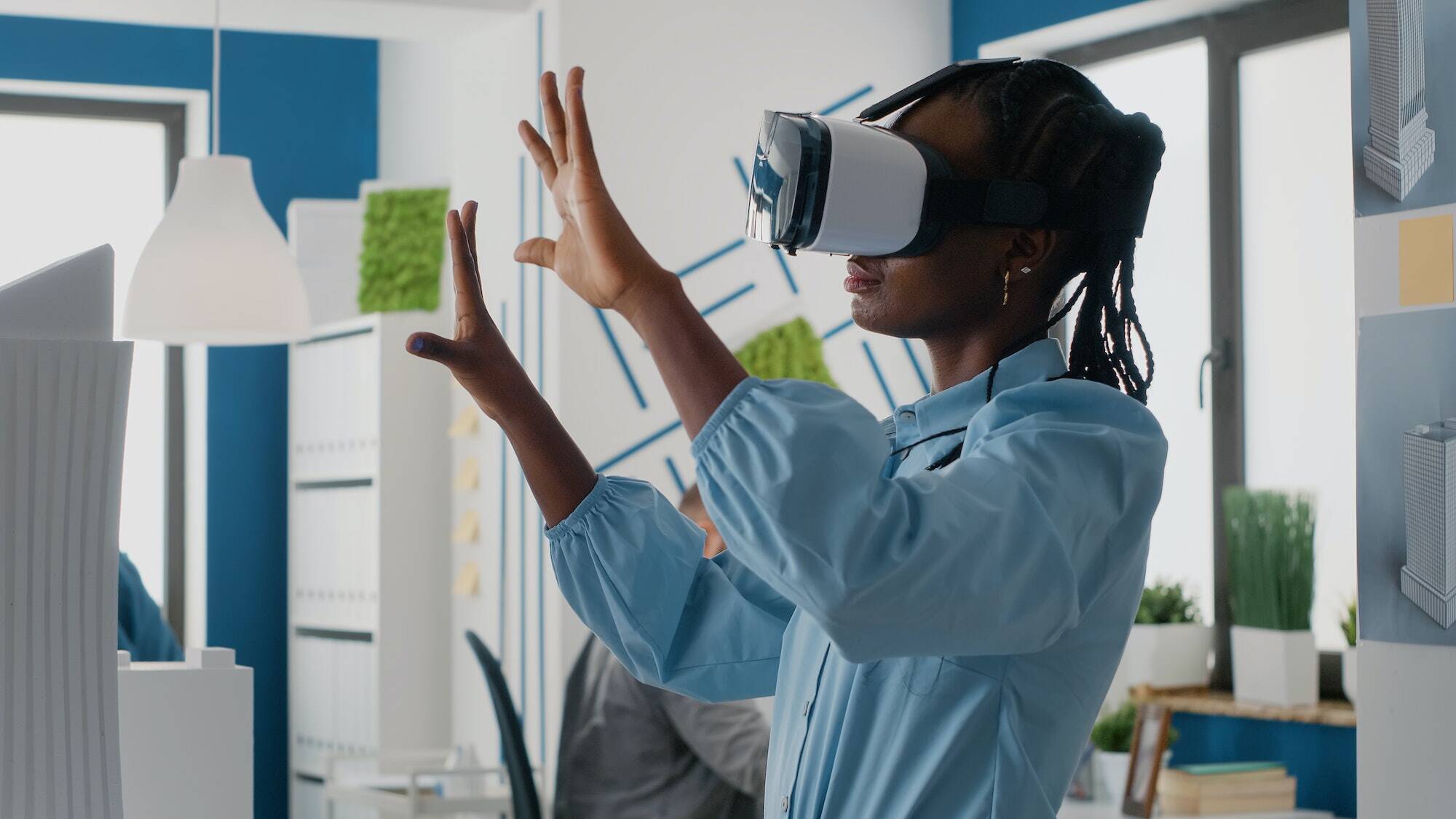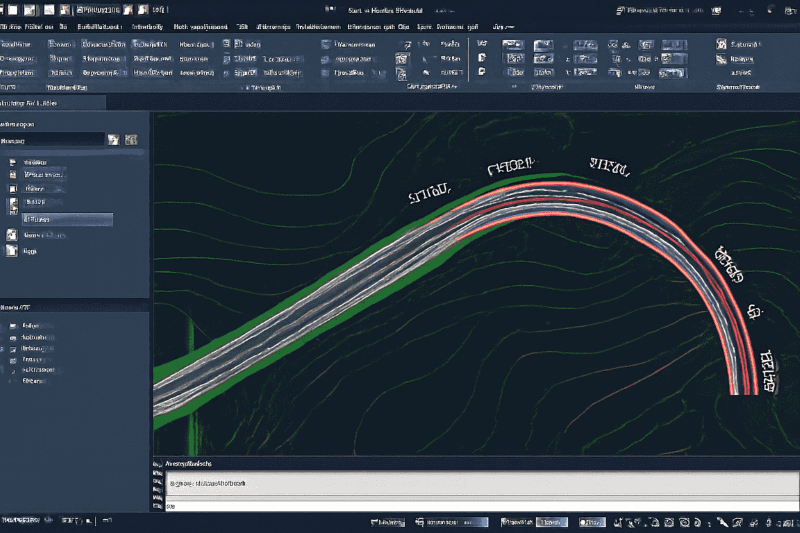
The interior design industry is undergoing a remarkable transformation with the integration of Midjourney AI as an interior design tool. Designers are increasingly drawn to this innovative platform due to its ability to create detailed visualisations and generate fresh, unique designs effortlessly. Midjourney AI combines speed with creativity, allowing Designers to explore diverse styles and layouts efficiently.
As more professionals embrace the potential of AI, it is clear that this tool is reshaping design processes, making them more dynamic and tailored. Whether for concept development or final presentation, Midjourney AI is quickly becoming a favourite among designers aiming to stay ahead in the competitive field of interior design.
Read this blog to understand how Midjourney AI is helpful to Interior Designers!
What is Midjourney?
Midjourney is an innovative platform powered by Artificial Intelligence for interior design, enabling professionals to create hyper-realistic design concepts and visualisations. Designed as a text-to-image AI tool, it generates stunning 3D renders from simple textual prompts, opening up endless creative possibilities for Designers. By blending creativity with advanced AI algorithms, Midjourney allows users to explore diverse styles, layouts and materials effortlessly.

Midjourney in Interior Design
Midjourney has become an invaluable tool for interior designers, offering precise visualisations that helps in presenting ideas to clients and refining concepts with ease. From mood boards to full-fledged designs, Midjourney when used in interior design, transforms vague ideas into polished, high-quality renders. Its ability to streamline workflows, save time and foster collaboration has made it a game-changer in the design industry.
With its user-friendly interface and adaptability, Midjourney empowers Designers to push boundaries, delivering custom designs while maintaining efficiency. As Artificial Intelligence continues to become a cornerstone of modern design, tools like Midjourney are shaping the future of how interiors are conceptualised and brought to life.

How Midjourney Helps Interior Designers?
Midjourney has quickly become a transformative tool in the world of interior design, offering unparalleled features that make designing faster, smarter and more innovative. A combination of Artificial Intelligence and advanced design algorithms enables designers to create stunning visualisations with minimal effort.
Below are some key features highlighting how Midjourney’s algorithm supports Designers in crafting unique interiors.
1. Text-to-Image Conversion
Midjourney’s standout feature is its ability to convert textual prompts into high-quality visualisations. With just a descriptive phrase, designers can generate realistic renders that bring concepts to life. This is particularly useful for brainstorming ideas or pitching concepts to clients.
By simplifying the process of translating ideas into visuals, it allows designers to focus more on creativity than handiwork.
2. Diverse Style Exploration
With Midjourney, designers can experiment with various styles, textures and patterns. From minimalistic Scandinavian interiors to ornate classical designs, the platform makes switching between aesthetics seamless. This makes it easier to fine-tune designs and align them with client’s preferences.
For instance, Midjourney AI’s architectural interior capabilities let Designers visualise complex architectural details that elevate their work beyond basic concepts.
3. Accurate 3D Renders
Midjourney excels at producing photorealistic 3D renders, giving Designers an edge when presenting concepts. These high-quality visualisations provide a near-exact representation of how a space will look when completed. Such precision helps build trust with clients and allows for more informed decision-making.
Its advanced rendering features position it as one of the best AI tools for interior design, ensuring results that are both visually stunning and technically sound.
4. Room Layout and Space Optimisation
Space planning is a crucial aspect of interior design, and Midjourney offes intuitive solutions to create functional and aesthetically pleasing layouts. By analysing input data, it suggests optimised layouts tailored to the unique needs of the project.
The ability to design rooms with AI makes Midjourney an indispensable tool for professionals seeking to maximise utility while maintaining a cohesive design.
5. Cost-Effectiveness and Accessibility
Midjourney lowers the barrier to professional-grade designs, making advanced tools accessible to both seasoned Designers and beginners. Its affordability, compared to traditional rendering software and user-friendly features make it a practical solution for interior designers across the board.
Whether you are designing a luxurious home or a small commercial space, Midjourney ensures that high-quality results are within everyone’s reach without exorbitant costs.
6. Collaboration and Sharing Tools
Midjourney enhances team collaboration with its seamless sharing options. Designers can share renders and concepts with stakeholders or clients in real time, encouraging feedback and fostering a collaborative workflow. This feature, combined with its intuitive user-interface, simplifies the entire design process, making it easy to create and iterate.
For large projects involving multiple stakeholders, Midjourney AI as a tool ensures that everyone stays aligned.
7. Fast Iterations and Prototyping
Designers often need to experiment with different ideas before arriving at the final concept. Midjourney’s speed and accuracy make it possible to generate multiple design iterations in a fraction of the time that is required by similar traditional methods. Its ability to adapt and refine outputs based on feedback makes it one of the most versatile AI interior design tools, ideal for prototyping various concepts quickly.

Key Challenges Faced While Using Midjourney
The integration of AI tools for interior design simplifies many aspects of visualisation and rendering, still Designers often encounter hurdles that require attention to maximise its benefits. Here are some key challenges associated with using interior design AI tools like Midjourney and how they impact workflow.
1. Dependency on Precise Prompts
If the input in the form of textual prompt lacks clarity or direction, the resulting render may stray far from the Designer’s intended vision. For professionals utilising Artificial Intelligence for interior design, crafting effective prompts is crucial. But it can also be challenging. It often requires trial and error, refining descriptions and testing variations to achieve the desired output.
This dependency can be time-consuming, as even small tweaks in phrasing can significantly impact the result. While powerful, the process of mastering prompts demands patience, creativity and a deep understanding of AI’s ability to interpret instructions.
2. Learning Curve for Beginners
While Midjourney boasts an intuitive interface, beginners often face challenges in fully harnessing its capabilities. For those unfamiliar with interior design by AI, the platform’s extensive features, prompt options, and creative possibilities can feel overwhelming. Translating abstract ideas into detailed AI prompts requires practice, trial and a deeper understanding of how to guide the tool effectively.
New users may struggle to fine-tune their results, often requiring multiple iterations to produce the right visuals. Overcoming this learning curve involves continuous experimentation, observing AI behaviour, and refining prompts to achieve professional-level designs.
3. Limited Customisation Options
For professionals working on complex interior design projects, AI tools like Midjourney often lack advanced features such as adjusting exact dimensions, fine-tuning textures, or incorporating specific material finishes. This limitation can make it less suitable for tasks that require meticulous accuracy, such as producing technical drawings or detailed 3D layouts.
Designers may find themselves having to switch to traditional interior design AI tools or manual software to achieve the precision required for high-stakes projects where every detail matters.
4. Challenges in Collaboration
Designers using AI tools for interior design may struggle to align the generated results with the specific vision of the stakeholders or clients. For example, stakeholders may request changes that AI cannot intuitively accommodate, leading to time-consuming revisions or the need for manual adjustments.
These challenges can slow down workflows and cause misalignment in creative direction. In collaborative projects where consensus is key, professionals must spend extra effort fine-tuning AI outputs and bridging the gap between machine-generated visuals and client expectations.
5. Ethical and Copyright Concerns
Since AI models like Midjourney are trained on vast datasets, they may inadvertently replicate patterns, colours or styles that closely resemble existing works. For professionals relying on Artificial Intelligence for interior design, this raises ethical questions, especially in commercial or client-driven projects where uniqueness is critical.
Designers need to remain vigilant to ensure that AI-generated outputs comply with copyright regulations and do not infringe on others’ intellectual property. Balancing creativity with ethical oversight is essential to avoid legal complications while maintaining the integrity of the design workflow.
6. Lack of Contextual Understanding
While Midjourney can produce stunning and imaginative designs, it lacks the ability to interpret critical contextual details that a human Designer naturally considers. For instance, when creating designs for a specific cultural setting or ergonomic requirement, the AI might prioritise aesthetics over functionality.
Professionals using AI often find that while the outputs look visually impressive, they may lack real-world relevance, such as optimising for local design preferences or practical space usage. This limitation often requires Designers to manually refine or edit AI-generated results to ensure they meet the functional and emotional expectations of the end user.
7. Over-Reliance on AI
Finally, the increasing reliance on AI tools like Midjourney risks reducing human creativity and critical thinking. While the tool simplifies tasks, it is essential for Designers to retain control over the conceptual and strategic aspects of their work. Striking the right balance between AI-generated outputs and human input is crucial for maintaining the art of interior design.
Conclusion
Incorporating Midjourney into interior design workflows opens up a range of new possibilities for creativity, precision, and time efficiency. By blending advanced AI with design concepts, it allows professionals to visualise stunning spaces, experiment with ideas, and streamline their processes. From creating realistic renderings to pushing boundaries, Midjourney is reshaping how interiors are designed and delivered.
To fully embrace AI-powered design tools, consider the Advanced Interior Design with AI Professional Certification Program by Novatr. This course equips Interior Designers with essential skills in AI tools, including Midjourney, to enhance their craft and stay ahead in the industry.
Explore Novatr’s Resource Page for the latest insights and updates!
Frequently Asked Questions
1. What makes Midjourney unique for interior designers?
Midjourney’s ability to translate textual descriptions into artistic and realistic visuals makes it stand out. It offers endless inspiration, enabling designers to experiment with bold ideas quickly.
2. Does Midjourney support architectural and interior design styles?
Yes, Midjourney excels in generating various architectural and interior design styles, from minimalistic and modern to traditional and detailed.
3. Is Midjourney suitable for professional interior designers?
Absolutely. Midjourney helps professional designers save time, explore creative ideas, and present visually compelling concepts to clients, making it a valuable addition to their toolkit.
Was this content helpful to you







